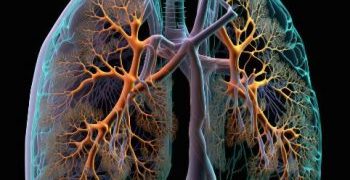Dressler disease symptoms are fever, chest pain and inflammation of the membrane around the heart (pericardium). This condition can develop a few weeks after a heart attack or heart surgery. It’s rare and has a low chance of recurrence, but it can be life-threatening.
Symptoms typically start a week or two after the heart attack and go away in a few days. If you have symptoms, you should get medical attention right away. Your doctor may run tests to rule out other conditions that might cause the same symptoms.
Infections, pulmonary embolism and other conditions can cause similar symptoms. So, your doctor will perform a thorough history and physical exam to make sure you don’t have these other conditions. They’ll also listen to your heart with a stethoscope.
Chest pain that doesn’t subside with rest is a sign of a serious condition, like pneumonia or heart failure. Your doctor may recommend a blood test to check your white blood cell count and an X-ray of the chest. They can also run an X-ray of the heart to see if there’s any fluid or tissue near the heart.
If you have a high white blood cell count, your doctor will also run other tests to look for other conditions that could be the cause of your symptoms. They might check your liver, kidneys and lungs for other problems.

Electrocardiogram or ECG
An electrocardiograph in someone with Dressler disease usually shows global ST elevations. It will also show electrical alternans, which are changes in the amplitude or directionality of your QRS beats from beat to beat. An electrocardiogram can be used to check for other conditions that might cause your chest pain.
The ECG will also help to differentiate a pericardial effusion from other types of inflammatory processes, including pleural effusion. If you have a large pericardial effusion, you might need to be admitted to the hospital so that your doctor can drain it with a procedure called pericardiocentesis.
You will probably be given anti-inflammatory medicine and other drugs to reduce inflammation in your body. These medications include nonsteroidal anti-inflammatory drugs (NSAIDs) and steroids. The medications are usually safe and will relieve your symptoms, but they can also thin the walls of the heart.
Your doctor might also prescribe a corticosteroid, a drug that works to suppress your immune system. However, they may not be the best choice for you. They can cause a number of side effects, including weight gain and bone loss.
NSAIDs are the preferred treatment for most patients with this condition. They can reduce pain, swelling and inflammation in your body and are safer than steroids.
Some people with this condition may develop a complication known as cardiac tamponade. This is when fluid accumulates in your lungs, making it difficult for you to breathe normally. If you have a tamponade, you should seek medical attention immediately because it can be life-threatening.
Fortunately, this condition is becoming less common now thanks to improvements in treatment for heart attacks. If you have this condition, follow up with your doctor and continue to take your medication as prescribed.









